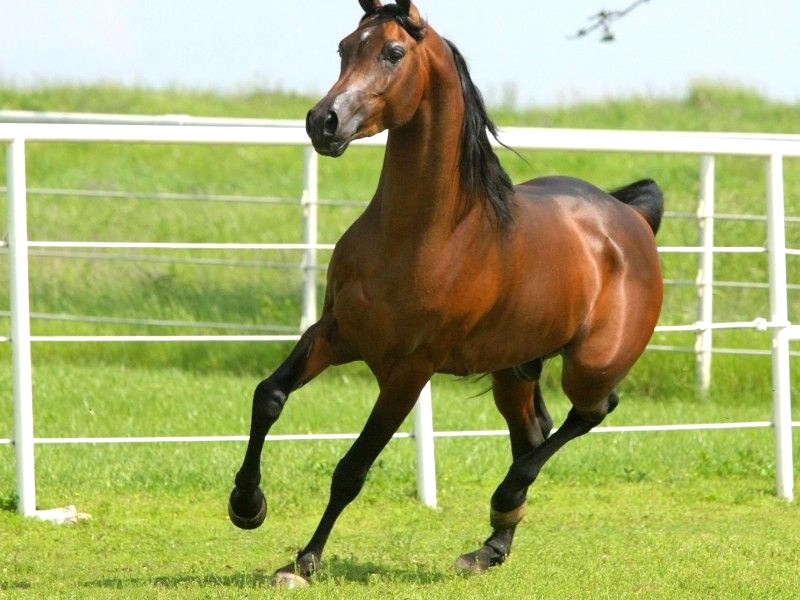Horse racing is a thrilling sport that has captivated audiences for centuries. But, for many, the terminology and jargon used in the sport can be confusing. One such term is ‘AW’, which stands for all-weather racing. In this article, we will explore what AW means in horse racing and how it affects the sport.
Overview of Horse Racing
Horse racing is one of the oldest sports in the world and has been practiced for centuries. It is a popular spectator sport and involves two or more horses racing against each other over a course of varying distance. Horse racing is divided into two categories, Flat racing and National Hunt racing. Flat racing is contested over a level track and is usually run on turf, while National Hunt racing is raced over a variety of courses, including jumps and obstacles.
What is All-Weather Racing?
All-weather (AW) racing is a form of Flat racing, which is held on an artificial, all-weather track. This type of racing is becoming increasingly popular, as it is less affected by wet weather, meaning more races will be able to go ahead. All-weather racing is often referred to as ‘synthetic racing’ and is becoming an important part of the horse racing calendar.
Advantages of All-Weather Racing
There are several benefits to AW racing, both for participants and spectators. The main advantages are:
1. Increased Safety: All-weather tracks are designed to be much safer than turf tracks, meaning that the risk of injury is reduced.
2. Improved Racing Conditions: As all-weather tracks are designed to be smoother and more consistent than turf tracks, the quality of racing is improved.
3. Fewer Cancellations: Due to the all-weather surface, races are less likely to be cancelled due to wet weather.
4. More Races: As the all-weather track enables more races to be run, there is more opportunity for competitors to take part.
5. Greater Accessibility: All-weather racing is open to all types of horses, meaning that it can be more accessible for smaller stables.
6. Increased Prize Money: As more races are able to take place, the prize money available for all-weather racing is greater than for turf racing.
Disadvantages of All-Weather Racing
While there are numerous advantages to all-weather racing, there are also some potential drawbacks. These include:
1. Reduced Racing Variety: As all-weather racing takes place on a flat, artificial surface, there is less variety in the type of race available.
2. Reduced Spectator Interest: As the racing is on an artificial surface, it can be less exciting for spectators than turf racing.
3. Increased Stress on Horses: All-weather racing can put more strain on horses, as they are racing on a harder surface.
4. Reduced Prize Money: All-weather races tend to have lower prize money than turf races, meaning that owners may be less willing to enter their horses.
5. Reduced Breeding Quality: As all-weather racing offers less prize money, owners may be less likely to invest in breeding higher quality horses.
Types of All-Weather Racing
All-weather racing can be divided into two main categories: Flat racing and National Hunt racing. Flat racing is contested over a flat, artificial track and has a variety of classes, including handicap, sprint and staying races. National Hunt racing is raced over an artificial track that includes jumps and obstacles.
Conclusion
All-weather racing is becoming an increasingly important part of the horse racing calendar. It offers numerous advantages, including increased safety and improved racing conditions, as well as fewer cancellations and more races. However, there are some potential drawbacks, such as reduced variety and spectator interest, and increased stress on horses. Despite this, all-weather racing is here to stay and is likely to become an even more important part of the sport in the future.

